Discover 2024's ultimate guide to solar garden lights! Maximize efficiency, slash energy costs, and illuminate your outdoor space sustainably. Learn expert tips for brighter savings.
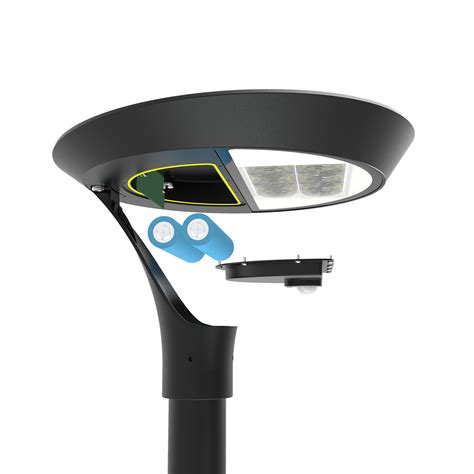
Key Takeaways
Modern solar garden lights deliver significantly improved performance compared to earlier models, primarily due to advancements in photovoltaic cell efficiency and battery technology. Selecting lights with high-lumen LEDs and weather-resistant designs ensures brighter, more reliable illumination throughout the night. Strategic placement is crucial; install lights where they receive maximum direct sunlight during peak hours to optimize charging and minimize reliance on stored power. Regular, simple maintenance, such as cleaning solar panels monthly and ensuring fixtures are debris-free, directly impacts energy output and longevity. Furthermore, integrating features like motion sensors or smart controls significantly reduces unnecessary energy consumption. The initial investment in quality solar lighting offers substantial long-term savings by eliminating ongoing electricity costs and reducing grid dependency, leading to a compelling return on investment while providing sustainable outdoor lighting. Additionally, choosing durable, well-made products minimizes replacement frequency and waste.
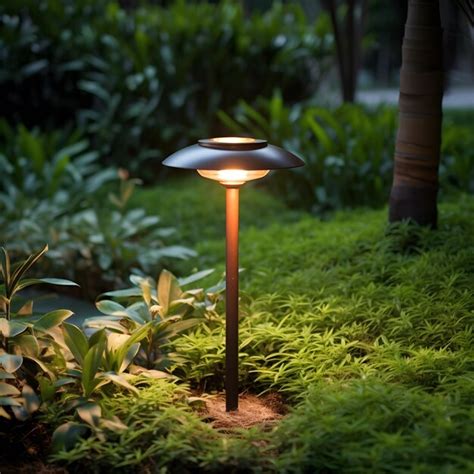
Solar Garden Light Efficiency Secrets 2024
Achieving optimal performance from solar garden lights in 2024 hinges on understanding key efficiency drivers. Modern models significantly outperform older versions, primarily due to advancements in photovoltaic (PV) panel conversion rates and superior battery chemistry. Placement is paramount; ensure panels receive direct, unobstructed sunlight for at least 6-8 hours daily. Crucially, regular cleaning of the PV panel surface prevents dust and debris from drastically reducing energy capture. Furthermore, selecting lights with higher lumen-per-watt ratings (luminous efficacy) ensures brighter illumination using less stored energy. Integrated features like automatic dusk-to-dawn sensors and adjustable brightness settings further conserve power, extending runtime significantly. Consider the impact of these factors on typical performance:
| Feature | Older Models (Pre-2020) | Advanced 2024 Models | Efficiency Gain |
|---|---|---|---|
| Avg. Panel Efficiency | 12-15% | 18-23%+ | Up to 50%+ |
| Battery Chemistry | Standard NiMH | LiFePO4 / Advanced Li-ion | 30-50% longer runtime |
| Luminous Efficacy | 60-80 lm/W | 100-140+ lm/W | Brighter light per watt |
| Smart Features | Basic On/Off | Motion Sensors, Dimmable | 20-40% less energy waste |
Beyond hardware, strategic installation plays a vital role. Positioning lights away from competing artificial light sources prevents premature activation of the dusk sensor. Finally, choosing the appropriate light intensity and beam angle for the specific area avoids over-illumination, a common source of energy waste. These combined strategies unlock the full potential of solar lighting for both brightness and duration.
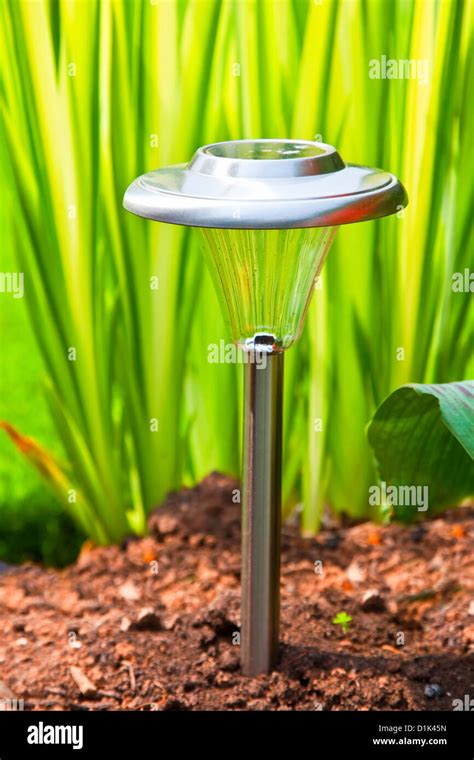
Maximizing Solar Light Energy Savings
Implementing these strategies effectively translates solar garden light efficiency directly into tangible energy savings. Optimal placement remains fundamental; ensuring solar panels receive maximum, uninterrupted sunlight throughout the day significantly boosts charging capacity and subsequent illumination duration. Regularly cleaning the panel surface, particularly after dust storms or extended dry periods, prevents grime buildup that drastically reduces light absorption. Choosing models equipped with high-efficiency monocrystalline solar panels and bright, long-lasting LEDs, while potentially a slightly higher initial investment, yields substantially lower operational costs over time. Furthermore, integrating motion sensors or dusk-to-dawn settings ensures lights operate only when necessary, preventing unnecessary battery drain and maximizing the useful energy harvested each day. These cumulative efficiency gains directly reduce reliance on grid electricity for outdoor lighting.
Position solar panels facing true south (in the Northern Hemisphere) and ensure they are completely free from shade, especially during peak sun hours between 10 am and 4 pm, for optimal energy capture.
Understanding the relationship between battery capacity, panel wattage, and local sunlight hours is also crucial; an undersized panel or battery for your region’s conditions will struggle to achieve full nightly operation, negating potential savings. By carefully considering these factors during selection and adhering to simple maintenance routines, users consistently see a marked reduction in their outdoor electricity consumption. This focus on maximizing the energy captured and utilized naturally paves the way for significant cost reductions.
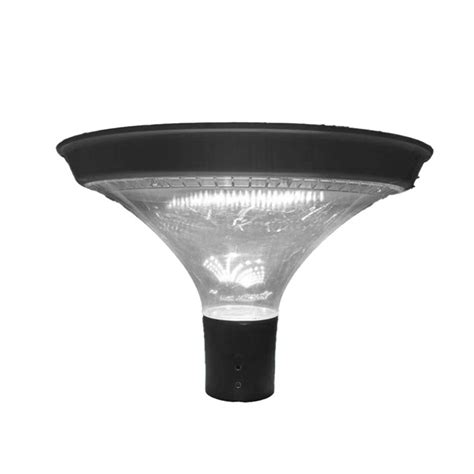
Cutting Outdoor Lighting Costs Sustainably
Transitioning to solar garden lights represents a direct and impactful method for significantly reducing ongoing outdoor illumination expenses. Unlike traditional wired lighting systems that continuously draw power from the grid, solar-powered alternatives operate entirely off-grid. This fundamental shift eliminates monthly electricity costs associated with powering pathways, patios, or landscape features after dark. The primary operational cost of solar lights is essentially zero once installed, as they harness free sunlight during the day to charge integrated batteries. Furthermore, modern solar garden lights are designed for durability and require minimal upkeep beyond occasional cleaning of the solar panels to maintain optimal charging efficiency. Their longevity, often exceeding several years with quality components like LED bulbs and weather-resistant casings, further enhances the cost savings by minimizing replacement frequency. Importantly, this sustainable approach not only benefits the household budget but also contributes positively to reducing overall energy consumption and associated carbon emissions.
2024 Solar Light Installation Best Practices
Proper installation is fundamental to unlocking the full potential of solar garden lights and achieving the efficiency and savings highlighted earlier. Following current best practices ensures optimal performance and longevity. Begin by meticulously planning the layout; position lights where they receive maximum direct sunlight for at least 6 hours daily, avoiding areas shaded by trees or structures during key solar exposure windows. Crucially, ensure solar panels face true south in the Northern Hemisphere (or true north in the Southern Hemisphere) and adjust the tilt angle seasonally, if possible, to capture more winter sun. When mounting, secure poles firmly in stable ground, considering local frost lines if applicable, to prevent tilting. Allow adequate spacing between fixtures to prevent light overlap while ensuring consistent pathway illumination. Finally, clean the solar panels thoroughly before initial use and establish a regular cleaning schedule, as even light dust can significantly reduce charging efficiency. These precise installation techniques directly translate to brighter illumination and sustained energy savings throughout the year.
Brighten Gardens with Solar Power Savings
Harnessing solar energy for garden illumination delivers significant and immediate cost reductions. By eliminating dependence on grid electricity, solar garden lights completely remove ongoing operational expenses associated with traditional outdoor lighting. Once the initial purchase is made, sunlight provides free power, translating directly into lower household energy bills month after month. This shift is particularly impactful for extensive landscape lighting schemes or security lights that operate for extended periods. The savings extend beyond just electricity costs; solar units typically require minimal maintenance compared to wired systems, avoiding potential expenses for trenching, wiring repairs, or complex installations. Reliable, automatic operation ensures pathways, patios, and garden features are beautifully lit every evening without manual intervention, enhancing both safety and ambiance purely through sustainable power. These tangible financial benefits make solar an increasingly compelling choice for cost-conscious homeowners seeking effective outdoor lighting.
Sustainable Outdoor Lighting Expert Tips
Achieving truly sustainable outdoor lighting with solar garden lights involves more than just the initial purchase; it requires strategic implementation and ongoing care based on professional insights. Experts consistently emphasize the critical importance of optimal placement. This means installing lights where they receive maximum direct sunlight exposure throughout the day, avoiding shaded areas under trees or dense foliage, and ensuring panels face south (in the Northern Hemisphere) at approximately a 45-degree angle for peak solar absorption. Furthermore, seasonal adjustments are often overlooked; clearing fallen leaves or snow accumulation from panels during autumn and winter months is essential for maintaining consistent energy capture. Regular, gentle cleaning of the solar panels every few weeks with a soft, damp cloth removes dust, pollen, and bird droppings that significantly reduce charging efficiency. Finally, selecting fixtures with replaceable batteries extends the product’s lifespan considerably, preventing entire units from being discarded prematurely when only the battery fails. These practical, expert-recommended steps ensure your solar lighting operates at its highest potential, minimizing environmental impact and maximizing long-term sustainability.
Solar Garden Light Tech Advancements 2024
Building upon the fundamentals of efficiency and cost savings, significant technological innovations are defining solar garden lights in 2024. These advancements directly enhance performance and reliability, translating into brighter illumination and longer operational lifespans. Key developments include the widespread adoption of highly efficient monocrystalline silicon solar panels, now exceeding 23% conversion efficiency in premium models, ensuring faster charging even on overcast days. Lithium Iron Phosphate (LiFePO4) batteries have become the dominant standard, offering over 2000 deep-cycle charges – a substantial improvement over older battery types – providing consistent power through longer winter nights. Furthermore, integrated smart sensors have evolved significantly. Sophisticated motion detectors now feature adjustable sensitivity ranges and adaptive brightness control, activating high output only when needed to conserve stored energy. Weatherproofing has also seen major strides, with IP67 and IP68 ratings becoming commonplace, guaranteeing resilience against heavy rain, dust, and extreme temperature fluctuations. Modular design approaches are also emerging, simplifying maintenance and allowing for future component upgrades like swapping in a higher-capacity battery or a more powerful LED unit. These collective technological strides deliver tangible benefits: brighter, more reliable garden illumination requiring less frequent intervention, directly contributing to the sustained energy savings discussed earlier.
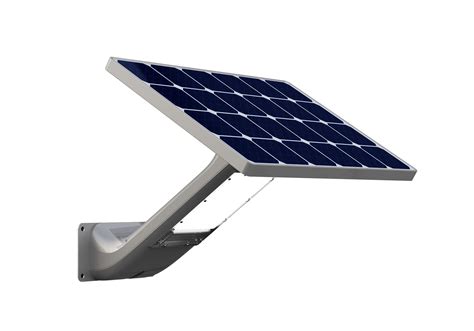
Smart Choices for Efficient Solar Lighting
Selecting the right solar garden lights involves looking beyond basic brightness. Prioritize models with higher lumen output relative to wattage, indicating superior energy conversion efficiency. Lights featuring adjustable panels allow optimal sun exposure throughout the day, maximizing charge potential. Consider integrated motion sensors; these activate illumination only when needed, significantly extending battery life during nights and reducing unnecessary energy drain. Weather resistance (IP65 rating or higher) ensures durability against elements, preventing performance degradation over time. Furthermore, opting for lights with replaceable batteries extends the product’s lifespan, offering long-term savings compared to disposable units. Placement is equally crucial; position lights away from shadows cast by trees or structures during peak sunlight hours to guarantee full charging. Choosing fixtures with warm white LEDs (around 2700K-3000K) often provides sufficient, pleasant illumination for gardens while consuming less energy than cooler, brighter options. These deliberate choices directly translate into brighter, longer-lasting, and more cost-effective outdoor lighting.
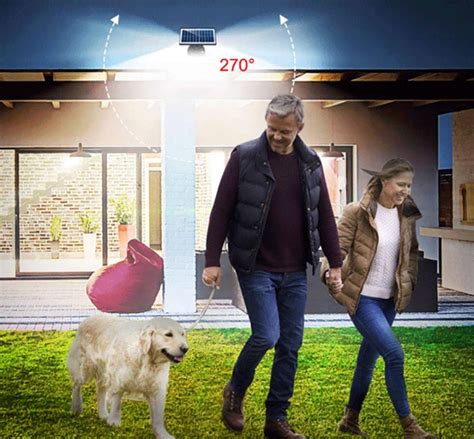
Conclusion
Adopting solar garden lights represents a significant step towards achieving both immediate cost reductions and long-term environmental stewardship for your outdoor spaces. Throughout this guide, we’ve explored the essential strategies for maximizing efficiency and energy savings inherent in the latest 2024 models and installation approaches. By carefully considering factors like optimal placement, routine maintenance, and leveraging technological advancements such as improved battery storage and smart controls, homeowners can ensure their lighting systems perform reliably season after season. Ultimately, integrating these sustainable practices allows you to enjoy beautifully illuminated gardens and pathways while consistently lowering energy expenditures and minimizing your ecological footprint, making solar lighting a genuinely smart investment for the future of your home.
FAQs
How long do solar garden lights typically last before needing replacement?
Quality solar lights generally function for 2-3 years before significant performance decline. Key factors include battery lifespan (often 1-2 years) and LED durability (up to 50,000 hours). Regular cleaning extends operational life.
Where is the optimal placement for solar panels on garden lights?
Position panels to receive maximum direct sunlight, ideally facing south (northern hemisphere) and completely unobstructed by trees, buildings, or shadows. Avoid placing lights under dense foliage or eaves where sunlight exposure is limited during peak hours.
Why might my solar lights stay on for only a short time at night?
This often indicates insufficient daytime charging. Ensure panels are clean, correctly angled towards the sun, and receive 6-8 hours of direct sunlight. Alternatively, the rechargeable battery may be degraded and require replacement.
Can solar garden lights function effectively during winter or cloudy periods?
Performance decreases in low-light conditions. Expect shorter illumination times. Models with higher-capacity batteries and efficient panels handle overcast days better. Some users temporarily store lights during prolonged harsh winter weather to preserve battery health.
Do solar lights require any specific maintenance?
Essential maintenance includes wiping solar panels weekly to remove dust, pollen, and debris for optimal charging. Check battery compartments annually for corrosion and replace rechargeable batteries every 1-2 years as needed. Ensure fixtures remain dry.





